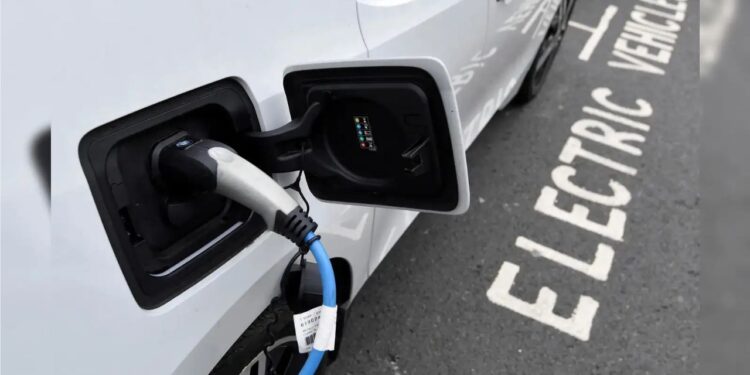Norway has become a global leader in the adoption of electric vehicles. More than 90% of new cars in 2024 were pure electric. Norway’s long-term and stable policies are playing a key role in this. This report highlights the reasons, challenges, and plans behind Norway’s success.
Norway makes history in electric vehicles! With worries about charging, battery explosions, and range, many doubt electric vehicles. But, Norway has left these concerns behind. This country is proving that electric vehicles can benefit both the environment and consumers.
More than 90% of new cars sold in Norway in 2024 were pure electric. Data from the Norwegian Road Federation (OFV) shows electric vehicle sales hit 88.9% in 2024, up from 82.4% in 2023. is more than.
In 2024, Tesla’s Model Y and Model 3 were Norway’s top-selling cars. They made up 18% of all new car sales. This was followed by Volkswagen, Toyota, and Volvo.
Chinese companies are also rapidly gaining a foothold. BYD sold 2,669 cars in 2024, accounting for 2.1% of total sales. At the same time, Xpeng Motors made its place in the top 20 brands. Overall, the share of Chinese electric vehicles in Norway has grown to about 10%.
Left Europe and America behind Norway has left other countries far behind in terms of electric vehicle adoption. Denmark (50.4%), Sweden (34.4%), the Netherlands (33.2%), and Finland (28.8%) come close. At the same time, the average rate of electric vehicles in Europe is only 13.4% and in the US only 8.9%.
Long-term policies: the secret of success
Norway began providing incentives for zero-emission vehicles in the 1990s. The country aims to have all new cars and light trucks be zero-emission vehicles by 2025.
Government policies include:
- Weight and emission-based tax system, making electric vehicles affordable for consumers.
- VAT tax exemption and exemption from emission tax.
- 50% discount on road tax and toll.
Concessions in parking fees and use of bus lanes.
These policies have made EVs much more attractive than petrol and diesel cars.
As electric vehicles rise, Norway is converting fuel stations into chargers. In three years, Circle K, Norway’s largest fuel retailer, will add charging stations to its fuel pumps.
2025 target: challenges and possibilities
Norway is still 10% away from its 2025 target of 100% zero-emission vehicles. Experts believe that achieving the last few percent will be difficult and will require more stringent policies.
“Going back to electric cars is impossible”
People who are already driving electric cars cannot even imagine going back to petrol or diesel cars. Winter charging takes time. But, it’s nicer to avoid diesel fumes and pollution.
Norway: An inspiration Norway’s success is an inspiration for other countries. It shows that stable and far-sighted policies can change consumer behavior. Now it will be interesting to see how other countries of the world learn from this change.
Latest Update:
The Indian government recently announced to increase in incentive schemes for electric vehicles.
The European Union plans to ban the sale of petrol and diesel vehicles by 2035.
How can Norway’s model be useful for India?
Countries like India, with high pollution and fuel use, can learn from Norway’s model. India can boost electric vehicle use with long-term policies, tax breaks, and charging stations.


